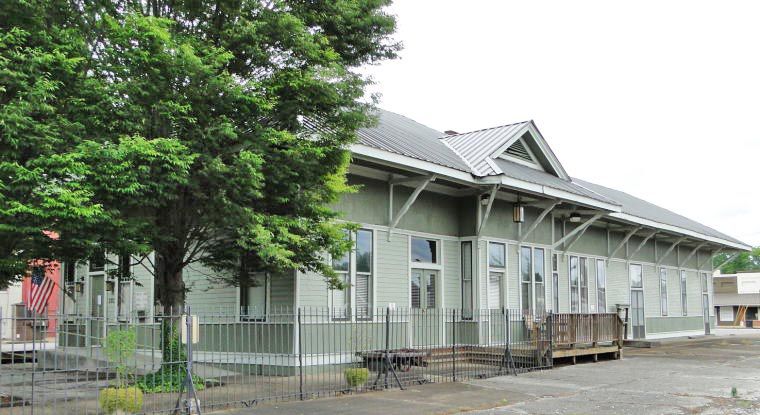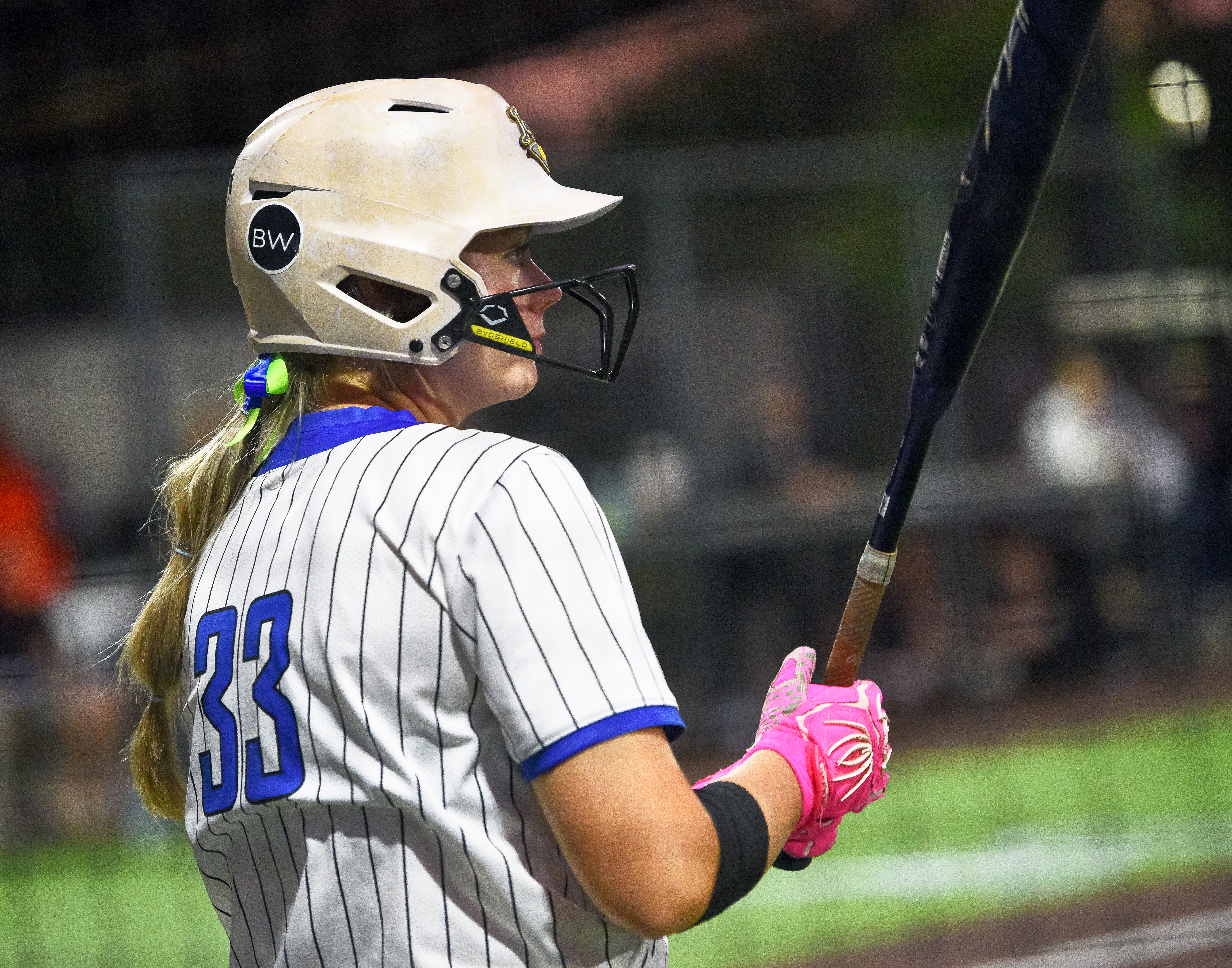ONE GARDENER TO ANOTHER: Conserving water
Published 7:00 am Monday, June 14, 2021
Having a wanderer’s soul and being a military spouse, I have lived in 20 homes in six states and two countries before settling here in Athens and was shocked at the cost of water and sewer. For the first few years that we lived here, I was sure we had an underground leak. Heck, I had a home in Georgia on a similar sized lot with gardens and a pool and paid about a third of what I pay now — and I don’t even have a pool.
Needless to say, I pay attention to my bill and try to conserve water whenever possible. I get on to my menfolk about the duration of their showers, empty the collection of half-full water bottles that nobody will claim into houseplants, and preach about the ridiculousness of going through two or three sets of clothing a day. Apparently, I turned into my mother, who would try to explain to a rolling-eyed 15-year-old me that just because I tried something on and decided against it that it didn’t have to go into the hamper. Ugh, karma!
I will admit, I haven’t always been concerned about conserving water. For years, after lecturing my people, I would prance my happy butt outside, flip on the sprinklers, grab the garden hose and give my plant babies a nice long drink.
But then, a few years ago, I attended a Master Gardener Lunch and Learn about drip irrigation. I was shocked to learn that the average garden sprinkler has an average water flow rate of about 6 gallons per minute. That means in the 15 minutes that my sprinkler was on, it would have put out 90 gallons of water. By comparison, that 15-minute shower used about 30 gallons. Shh … don’t tell my people.
Although we benefit from living in an area that receives ample rain, the amount of rainfall steadily declines as the summer wears on. There are a few ways to conserve water in the garden while keeping plants happily hydrated and blooms bursting.
Mulch
I preach about the benefits of mulching all the time, mostly because I don’t particularly care for weeding; however, mulching helps retain water and maintain soil temperature in garden beds as well as container plants.
Organic matter or compost added to soil in container plants acts as a sponge that holds water. Vermiculite can be added to potting soil or purchased already pre-mixed in the soil. Vermiculite swells with water and shrinks as it dries, which has the added benefit of aerating the soil.
Water-saver plants
Which plants find a home in your garden and how they are arranged goes a long way in conserving water. Drought-resistant plants, as the name implies, require less frequent watering. This is not to say they don’t need any water; they are just a little more tolerant of receiving less water.
When establishing a garden, hydrozones, which are created by grouping plants by their water needs, will keep you from frequently watering plants that do not require as much water simply because they are neighboring plants that do.
Irrigation
In established gardens, drip irrigation systems allow you to direct water to areas or specific plants based on their needs. This also helps control weeds. Weeds tend to pop up in between plants. If the soil between plants or rows is dry, it thwarts the attempt of weeds to become established. Be diligent to remove weeds as they appear, because their roots compete with plant roots for water.
Overhead sprinkler systems are often set on timers. This set-it-and-forget-it style of watering, although convenient, often leads to overwatering being that the system will turn on rain or shine. Overwatering also leads to runoff, which happens when the soil cannot absorb the water at the rate at which it is being applied.
Sprinklers set to reach all areas of the yard or garden sometimes end up watering the sidewalk, which just isn’t going to grow no matter how much you water it.
Water collection, for example the use of rain barrels, is like catching pennies from the sky. Rain barrels can be purchased “ready to use” or can be an easy DIY project. The Master Gardeners have rain barrels available which can be purchased. Email limestonemg@yahoo.com to contact the group.
Conserving water is easier on both your wallet and the environment. Until next week, happy gardening.
— Irland, a member of the Limestone County Master Gardeners, can be reached at kippirland@hotmail.com. Visit https://mg.aces.edu/limestone for more information on the Limestone County Master Gardeners.





